The report found that 28 per cent of people over 65 in India are receiving a pension. Around 30 per cent of men and 72 per cent of women over 60 are fully dependent on others.

Switzerland is the best place in the world to live for those aged 60 and over while India ranks a dismal 71st among 96 countries when it comes to social and economic wellbeing of older people, according to a new report.
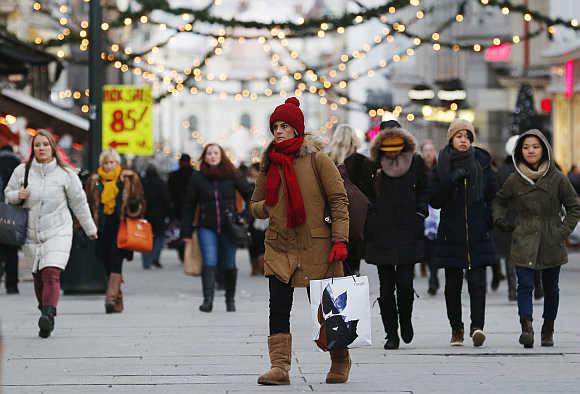
The Global AgeWatch Index 2015 from HelpAge International, working in partnership with the University of Southampton, found that Switzerland is the best place to live for those aged 60 and over, followed by Norway and Sweden.
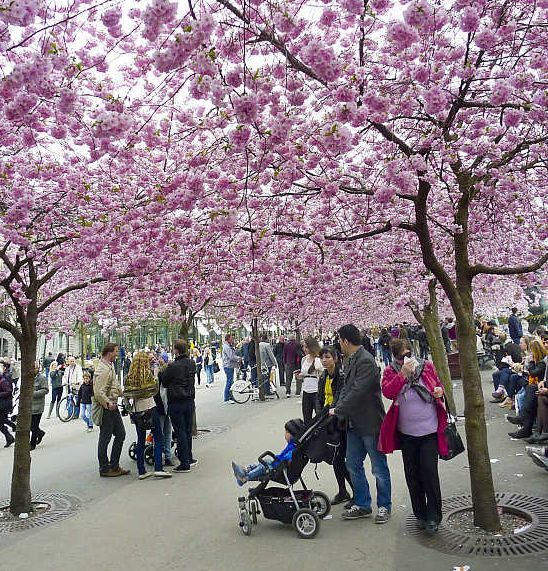
Germany was the fourth best place for older people to live, Canada stood at fifth, followed by Netherlands, Iceland, Japan, US, UK and Denmark.
According to the report, India, where 116.6 million people over 60 are living, ranked a low 71 on the list of 96 countries when it comes to social and economic wellbeing of older people.

In 2030, those over 60 will make up 12.5 per cent of the country's population while the number is expected to rise to 19.4 per cent by 2050.
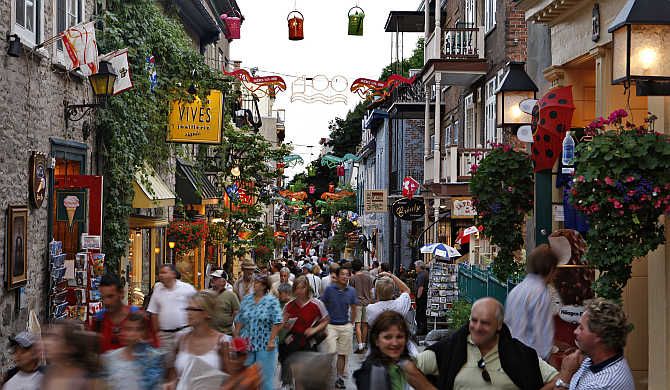
The life expectancy at 60 -- the number of years a 60-year-old expects to live -- is 17 years in India but healthy life expectancy aged 60 -- the average number of years a person can expect to live in good health -- is only 12.6 years.
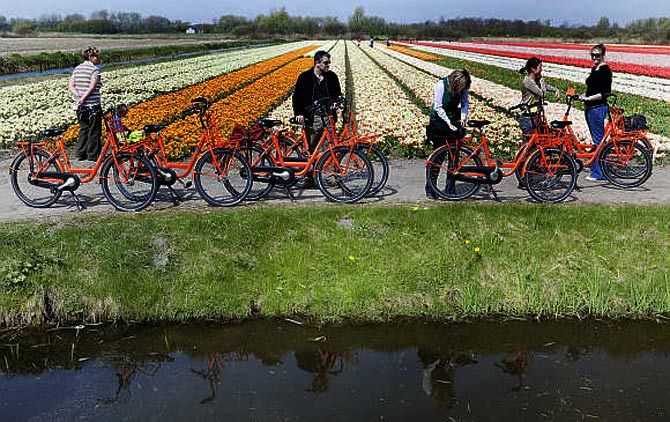
People aged 60 in Japan have the highest life expectancy and live on average an additional 26 years, while people aged 60 in Afghanistan, live on average an additional 16 years.
The report found that 28 per cent of people over 65 in India are receiving a pension.

Around 30 per cent of men and 72 per cent of women over 60 are fully dependent on others.
The Global AgeWatch Index represents 91 per cent of the world's population aged 60 and over, amounting to some 901 million people.
It measures the lives of older people in four key areas: income; health; education and employment and the enabling environment.
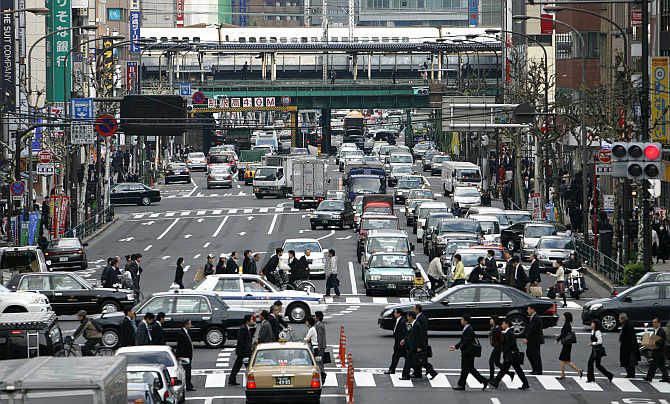
The rank of some other countries included Sri Lanka at 46th position, China (52), Bangladesh (67), Nepal (70), Pakistan (92) and Afghanistan was at the bottom of the list.
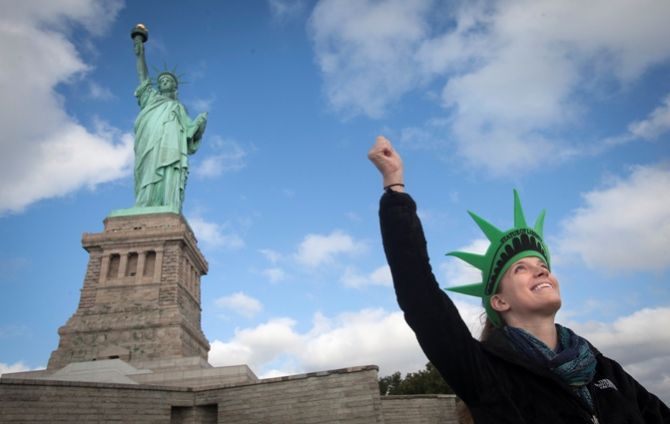
The report found that poverty rates among older people vary dramatically.

South Korea currently has the highest poverty rate among older people at 48.5 per cent, followed by Venezuela at 38 per cent, Australia at 33.4 per cent, Bolivia at 30.3 per cent and Honduras at 28.9 per cent, despite significant variations in Gross National Income per capita.

At the other end of the spectrum countries with low old age poverty rates are equally varied.
The poverty rate among older people in South Africa is 12.17 per cent, Mauritius, 6.4 per cent, India, 5.1 per cent, Lao People's Democratic Republic, 4.5 per cent, Czech Republic, 1.7 per cent and the lowest, Iceland at 1.6 per cent.
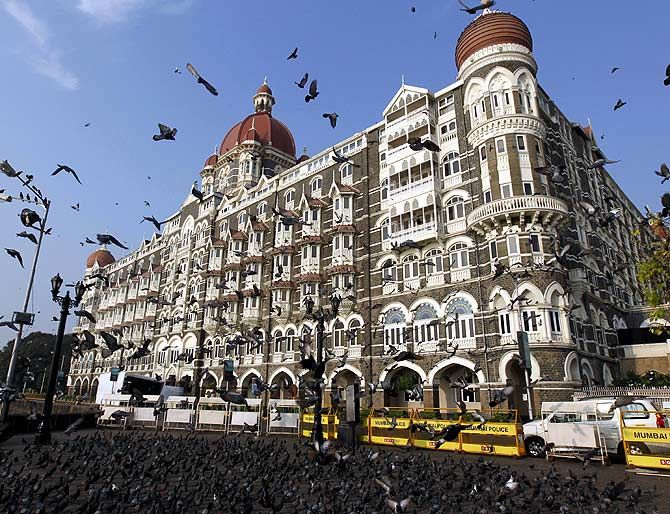
The report also found that a combination of a lifetime of gender discrimination, combined with inequality in old age, can have a devastating effect on older women. Globally 46.8 per cent of women aged 55 to 64 are economically active, compared with 73.5 per cent of men.
In addition, women usually earn less than men, so opportunities to save for later life are limited, increasing their risk of poverty in old age, the report said.










